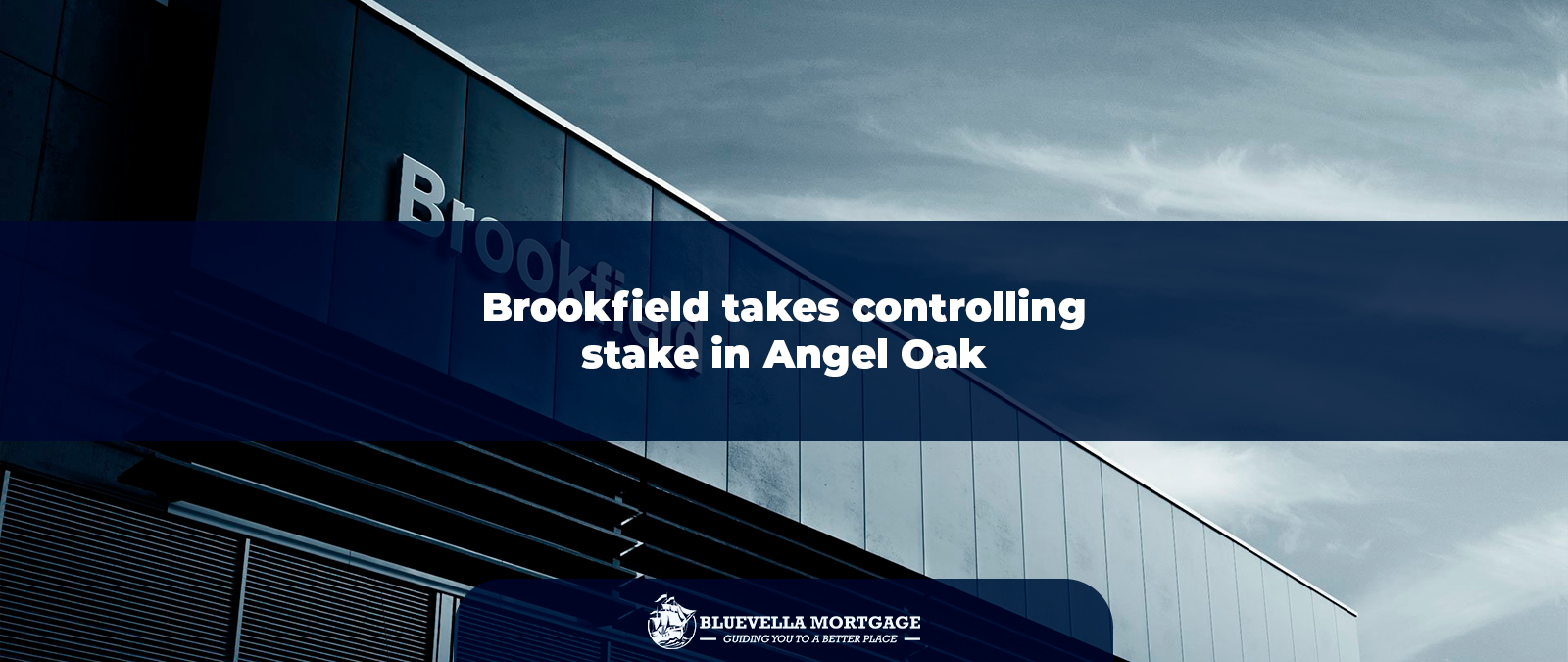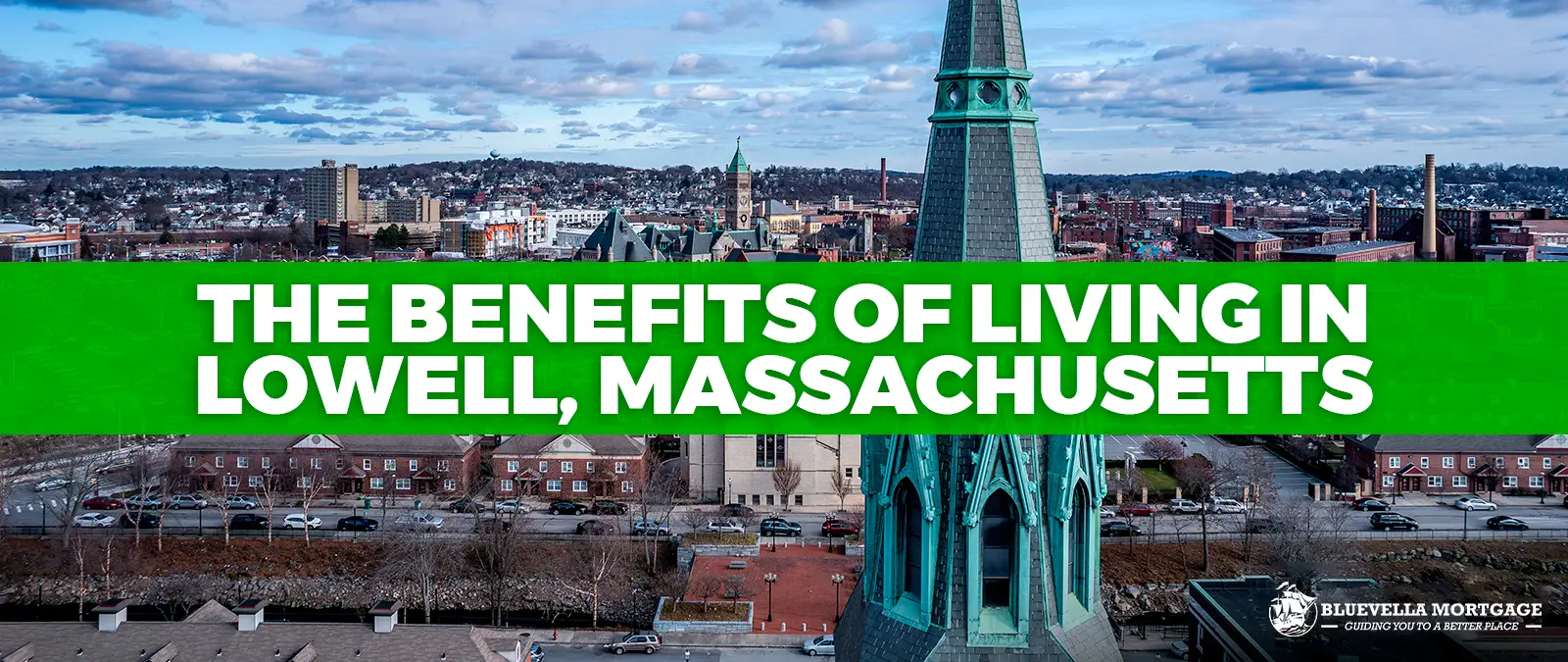Introduction to the 2025 Housing Market
The housing market is poised for significant transformation as we enter 2025, characterized by a notable increase in for-sale listings. This shift is the result of various intertwined factors that not only influence the dynamics of the housing market but also impact prospective homebuyers and sellers alike. Understanding these elements is crucial for stakeholders navigating this evolving landscape. Recent trends reveal that an array of new listings is emerging, allowing buyers to explore diverse options within the market. The increase in inventory is driven by multiple factors, including rising interest rates, which have prompted some homeowners to reconsider their selling strategies.
Additionally, economic variables such as inflation and variable job market conditions are playing pivotal roles in shaping buyer behavior. As the economy adjusts to the post-pandemic reality, many potential sellers are motivated to list their properties, driven by factors including relocation opportunities or a need for larger living spaces. This surge in for-sale listings offers homebuyers a more competitive market, presenting both opportunities and challenges in finding suitable housing options.
Moreover, the forecast for the 2025 housing market also suggests a potential stabilization of home prices resulting from this influx of listings. As supply begins to balance with demand, we may witness a moderation in property appreciation rates, creating a more favorable environment for first-time buyers and those seeking to upgrade their living situations. This evolving scenario indicates a strategic shift in how the real estate market operates, offering insights essential for prospective buyers and industry professionals navigating the evolving marketplace.
Also read: Trump to nominate Bill Pulte as FHFA director
Factors Driving the Increase in For-Sale Listings
The surge in for-sale listings as we approach 2025 can be attributed to a multitude of economic, social, and demographic factors. One significant contributor is the fluctuation in interest rates, which has influenced buyer behavior and seller motivation. As central banks navigate inflation and economic growth, potential homeowners are evaluating their purchasing power. A stable or declining interest rate may incentivize homeowners to list their properties, thus expanding the housing market inventory.
Government policies also play a crucial role in shaping the housing landscape. Recent legislative measures aimed at stimulating the economy and addressing housing shortages have prompted homeowners to consider selling. For instance, tax incentives for first-time buyers or loan programs with favorable terms could create a more favorable market environment, encouraging sellers to capitalize on favorable conditions while buyers are motivated by the prospect of accessible financing.
Shifts in buyer preferences further contribute to the increase in for-sale listings. The pandemic has altered housing demand, with many individuals seeking larger spaces or relocating to suburban areas in search of a better quality of life. As remote work becomes a norm for a significant segment of the workforce, buyers are no longer limited to urban centers, allowing a broader range of homes to enter the market. Furthermore, the desire for eco-friendly housing options has prompted sellers to take initiative in listing properties that feature sustainable amenities.
Demographic trends, such as millennials entering the housing market and the aging population looking to downsize, are reshaping the demand for for-sale listings. This generational shift is compelling many homeowners to reassess their current living situations. As these various factors interconnect, they create a dynamic interplay that ultimately shapes the housing market landscape heading into 2025.
Beneficial Outcomes for Homebuyers
The surge in for-sale listings as homebuyers enter 2025 marks a significant shift in the real estate market, potentially yielding numerous advantages for those looking to purchase a home. Primarily, an increase in available properties translates to greater selection and variety, enabling buyers to explore their options without the urgency that often comes with limited inventory. This expanded range often includes homes in differing neighborhoods, styles, and price points, offering buyers the chance to find a residence that truly meets their individual needs and preferences.
Moreover, with more properties on the market, there is a likelihood of favorable pricing trends. An abundance of choices can lead to increased competition among sellers, who may adjust their asking prices to attract prospective buyers. Consequently, this shift may create unique opportunities for homebuyers to negotiate better deals, thus fostering a more equitable buying environment. In a market where demand previously outstripped supply, sellers often commanded higher prices, leading to a challenging landscape for buyers.
In addition to enhanced choices and potential for cost savings, the current situation also empowers buyers with increased bargaining power. With multiple listings to consider, homebuyers find themselves in a stronger position to make strategic offers, request concessions, and negotiate terms that align with their financial aspirations. This newfound leverage is particularly beneficial for first-time buyers who may have previously felt overwhelmed by a competitive market landscape. As the market evolves, homebuyers can embrace these developments knowing that they possess the agency to make informed and advantageous decisions in their home purchase journey.
Impact of For-Sale Listings on Pricing Trends
The housing market in 2025 is witnessing an increase in the number of for-sale listings, which plays a pivotal role in shaping pricing trends. With more homes available on the market, one might anticipate a shift towards greater affordability as buyers have an expanded selection to choose from. This supply increase can lead to greater competition among sellers, who may be compelled to adjust their asking prices to remain competitive in the evolving landscape. As more listings become available, the relative scarcity of homes diminishes, providing leverage to homebuyers. This could potentially result in price stabilization or even decreases, particularly in previously high-demand areas where bidding wars have been common.
Analysts predict that the influx of for-sale listings will prompt a more balanced real estate market. Homebuyers entering the market in 2025 could benefit from this changing dynamic, as they may no longer face the urgency that previously characterized the housing market. The increased inventory is likely to mitigate year-on-year price escalation, thus fostering an environment where prospective buyers can make more informed decisions. Additionally, this additional supply will likely attract a wider range of buyers, including first-time homeowners who were previously priced out of the market due to soaring housing costs.
As we analyze the impact of for-sale listings on pricing trends, it becomes evident that the correlation between supply and demand stands at the forefront. Rising inventory levels not only provide buyers with more choices but also challenge sellers to consider lower price points to facilitate sales. For 2025, these adjustments could signify a turning point for home affordability, bridging the gap for many aspiring homeowners and encouraging broader participation in the housing market. As such, the equilibrium sought by both homebuyers and sellers seems increasingly attainable with an expanding inventory landscape.
Regional Variations in For-Sale Listings
The landscape of for-sale listings in the housing market is characterized by significant regional variations, reflecting the diverse economic and demographic factors influencing local real estate. While some areas are witnessing a surge in available homes, others continue to face challenges that restrict inventory growth. Understanding these regional dynamics can provide potential homebuyers with valuable insight as they navigate the complexities of purchasing a home in 2025.
In regions like the Midwest and parts of the Southeast, for-sale listings have seen marked increases, partly due to cooling demand following a prolonged seller’s market. Here, relatively affordable housing options and favorable job growth are contributing factors driving the uptick in listings. Areas such as Ohio and North Carolina are witnessing an influx, making these regions appealing to buyers who have previously found high prices in more competitive markets.
Conversely, major metropolitan areas, particularly on the West Coast, continue to experience persistently low for-sale inventory coupled with high demand. Cities such as San Francisco and Los Angeles are grappling with housing shortages, primarily due to stringent zoning laws and limited new construction. This imbalance creates a challenging environment for homebuyers, often resulting in bidding wars and inflated prices, even as the overall market stabilizes elsewhere.
Furthermore, rural and suburban areas are exhibiting mixed results. Many homeowners, encouraged by remote work trends, are opting to relocate, thus increasing demand in previously under-populated regions. This trend can lead to both rising prices and more listings as sellers respond to the heightened interest. Notably, markets in the Mountain West, like Idaho and Utah, are experiencing rapid changes as homebuyers seek space and affordability away from crowded city life.
Overall, the disparities in for-sale listings across various regions illustrate the complex nature of the housing market, underscoring the need for buyers to closely monitor local trends as they prepare to make informed purchasing decisions in the evolving landscape of 2025.
Viewing Homes: Changes in Buyer Behavior
The evolving landscape of the housing market in 2025 has instigated notable changes in buyer behavior, particularly concerning how potential homebuyers interact with for-sale listings. With an increase in available properties, homebuyers are embracing a diversified approach to viewing homes, leading to the rise of various technology-driven solutions that facilitate the home-shopping experience.
One of the most significant developments has been the surge in virtual tours. Homebuyers increasingly prefer to explore homes from the comfort of their own space, making virtual tours an essential part of the home-search process. These immersive online experiences allow prospective buyers to navigate through properties at their own pace, significantly reducing the time spent in traditional showings. Consequently, as more homebuyers utilize this technology, they can curate a list of properties that genuinely meet their needs before committing to in-person visits.
In addition to virtual tours, open houses have also adapted to meet the needs of today’s buyers. Many sellers are opting for scheduled open-house events, allowing multiple buyers to visit simultaneously while still adhering to safety protocols. This format not only enhances buyer engagement but also provides the opportunity for buyers to interact directly with other interested individuals, which can foster a sense of urgency in the decision-making process.
Furthermore, the integration of mobile applications and online platforms has simplified the way homebuyers assess for-sale listings. Buyers can now easily access detailed property information, including features, photos, and market analysis, all while on the go. The accessibility of this data empowers homebuyers to make more informed decisions and efficiently streamline their viewing process.
Overall, the shifts in viewing habits among potential homebuyers reflect a notable transition towards a more technology-oriented and flexible approach to navigating for-sale listings in 2025.
Financing Options for Homebuyers in 2025
As homebuyers enter the market in 2025, the evolving financing landscape presents a wealth of options tailored to various needs and financial situations. An essential consideration for prospective buyers is the array of mortgage products available, which can significantly influence their purchasing power. Fixed-rate mortgages remain a popular choice, providing stability through predictable monthly payments. In contrast, adjustable-rate mortgages (ARMs) can offer lower initial interest rates, which some might find appealing. However, buyers should thoroughly assess their risk tolerance concerning potential future rate adjustments.
Interest rates play a crucial role in the affordability of financing options for homebuyers. Current projections indicate a potential stabilization of interest rates through 2025, which could lead to a more balanced market. Buyers are encouraged to monitor the trends closely, as even small fluctuations can have substantial impacts on overall costs. Maintaining a good credit score will be paramount for buyers seeking favorable borrowing terms, as lenders often use this metric to determine interest rates and eligibility for specific loan products.
Additionally, various government programs and incentives may be available, particularly for first-time homebuyers or those in targeted demographics. For instance, Federal Housing Administration (FHA) loans can facilitate access to financing with lower down payments and more relaxed credit requirements. Furthermore, potential buyers should consider incorporating comprehensive budgeting practices to enhance their financial posture. Understanding all costs associated with purchasing a home, which may include closing costs, property taxes, and maintenance, will enable individuals to make informed decisions and position themselves favorably in the housing market.
In conclusion, navigating the financing options available in 2025 requires careful consideration of mortgage products, interest rates, and individual financial circumstances. By staying informed and adopting strategic financial planning, homebuyers can enhance their readiness to enter the market.
Challenges Still Faced by Homebuyers
In the evolving housing market of 2025, while an increase in for-sale listings may seem beneficial for homebuyers, several challenges persist that could complicate the purchasing process. One of the most prominent issues is the continuing intensity of competition among buyers. Even with more properties available, desirable homes in sought-after locations often attract multiple offers. This scenario can lead to bidding wars that escalate prices beyond what the property may be worth, thereby making it difficult for some buyers to secure their ideal home without exceeding their budget.
Moreover, economic uncertainty plays a critical role in influencing buyer behavior. Factors such as fluctuating interest rates and potential inflation can create a climate of hesitation among homebuyers. Prospective buyers may find themselves torn between rushing to purchase a property due to fears of higher mortgage costs in the future or waiting to see if prices stabilize. This indecision can hinder their ability to execute timely offers, missing out on potential homes as a result.
Additionally, homebuyers need to be aware of the potential pitfalls in the buying process. Despite the appearance of more listings, the quality and condition of these properties can vary greatly. Issues such as undisclosed maintenance problems or inaccurate property valuations may pose significant risks. It is essential for buyers to conduct thorough research and enlist the help of professionals, such as real estate agents and inspectors, to navigate these challenges effectively.
In summary, while the increase in for-sale listings provides opportunities for homebuyers, the ongoing competition, economic uncertainties, and various risks in the buying process must be carefully considered. Being prepared and informed can help mitigate these challenges and lead to a successful home-buying experience.
Conclusion: The Future of Homebuying in 2025
As we transition into 2025, the housing market is poised for notable transformations driven by an uptick in for-sale listings. This increase is expected to create a more competitive landscape for homebuyers, ultimately affecting their purchasing power and the overall real estate dynamics. With more properties available, buyers will likely have greater choice, enabling them to negotiate better terms and prices. This diversification in listings signals a shift from the previously constrained market, where low inventory drove prices upward.
The implications for sellers are equally significant. While the influx of listings could mean increased competition among sellers, it also presents an opportunity for those who can effectively market their properties. Sellers may need to adjust their pricing strategies to align with the market’s supply-demand balance, ensuring their homes stand out in a potentially crowded marketplace. This newfound balance may temper the rapid price escalations seen in previous years, leading to a more sustainable growth trajectory for home values.
Furthermore, the potential for increased for-sale listings can lead to a stabilization of the real estate market, producing a healthier ecosystem for both buyers and sellers. As we navigate through 2025, it is crucial to monitor how economic indicators, interest rates, and consumer confidence intersect with these listings to influence buyer behaviors. Overall, the future of homebuying appears promising with greater options on the table, encouraging a more balanced and equitable market for all stakeholders involved.






